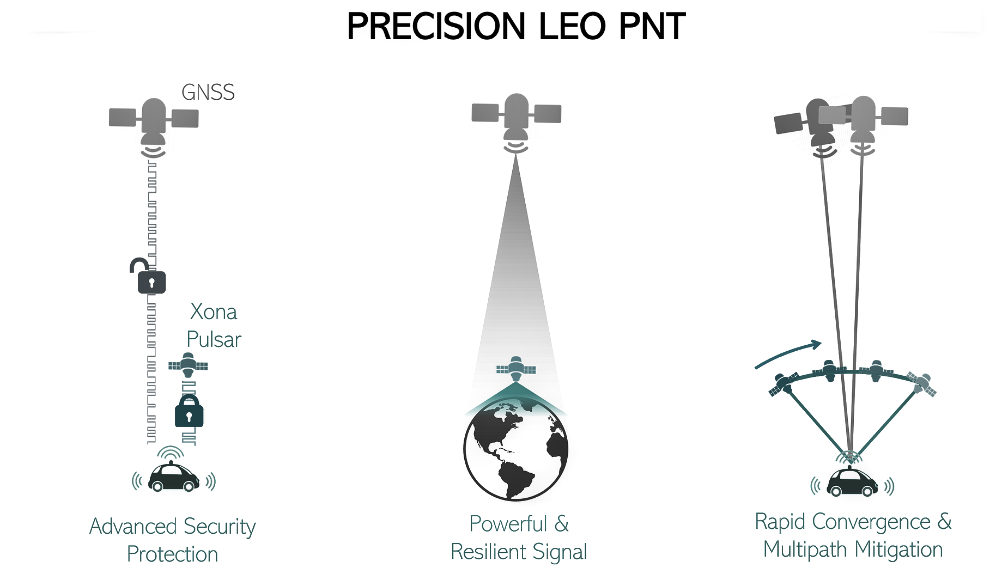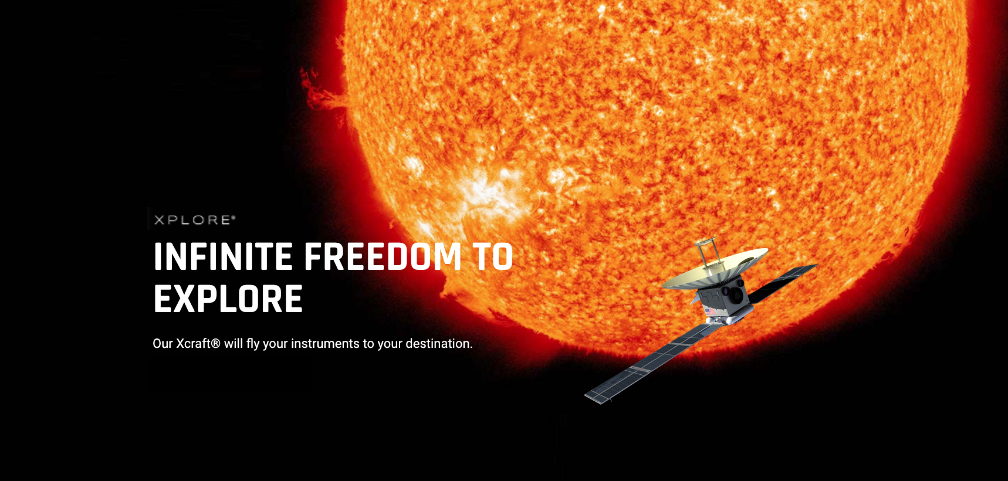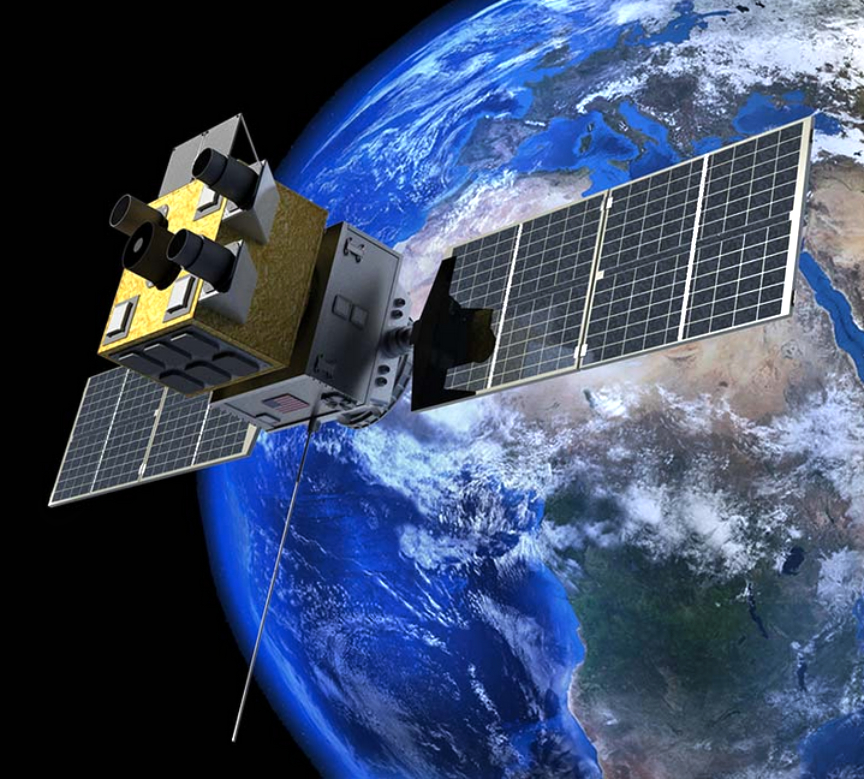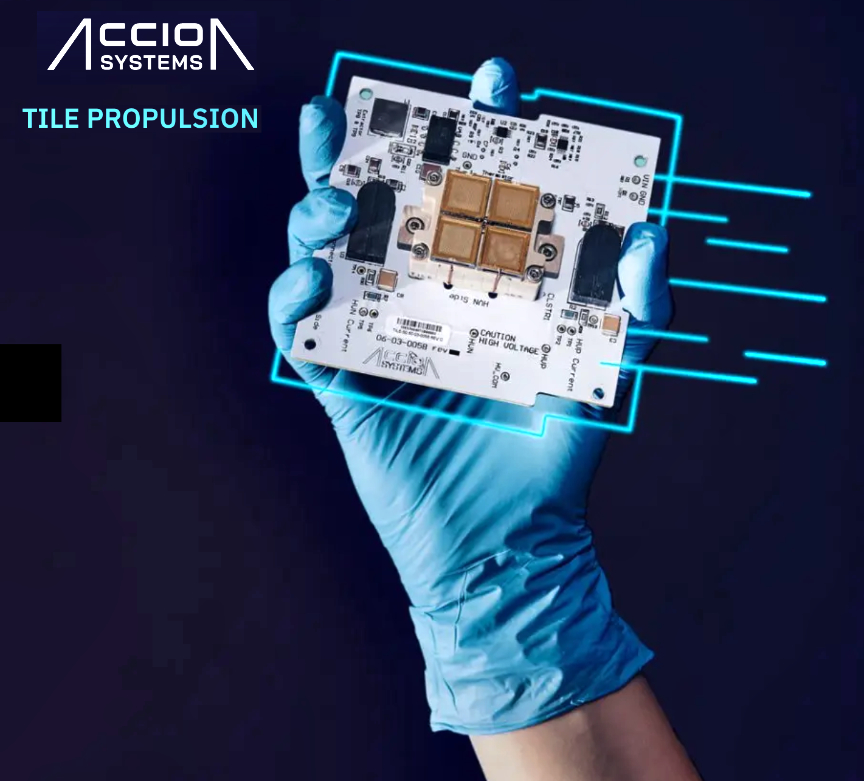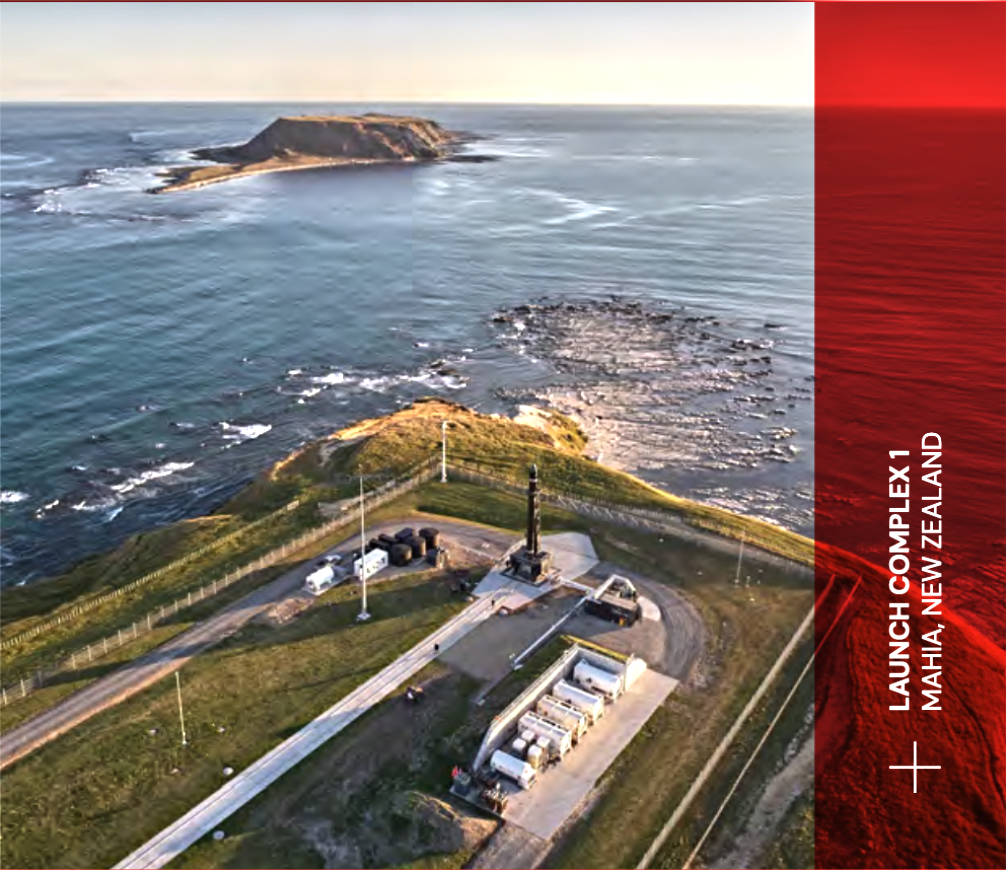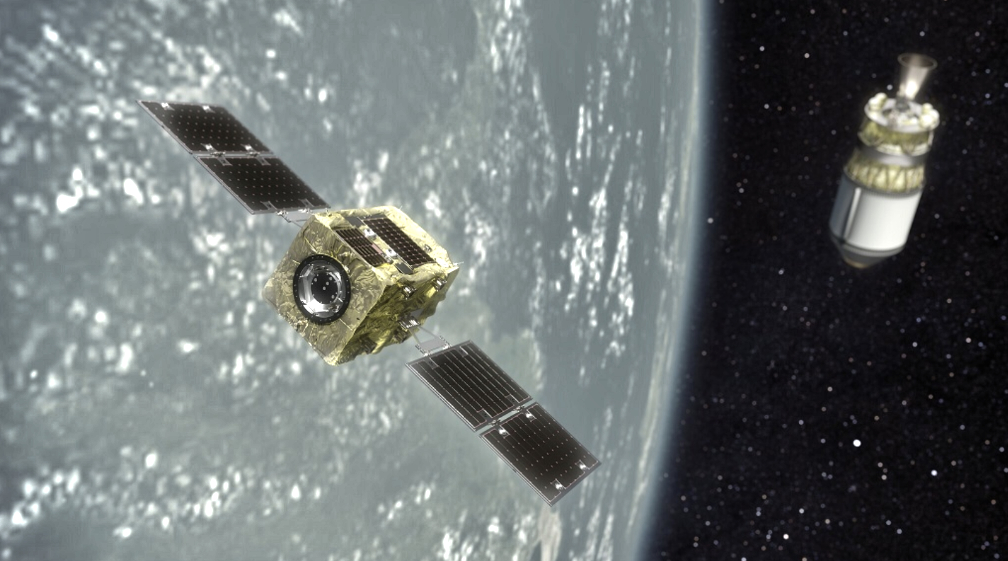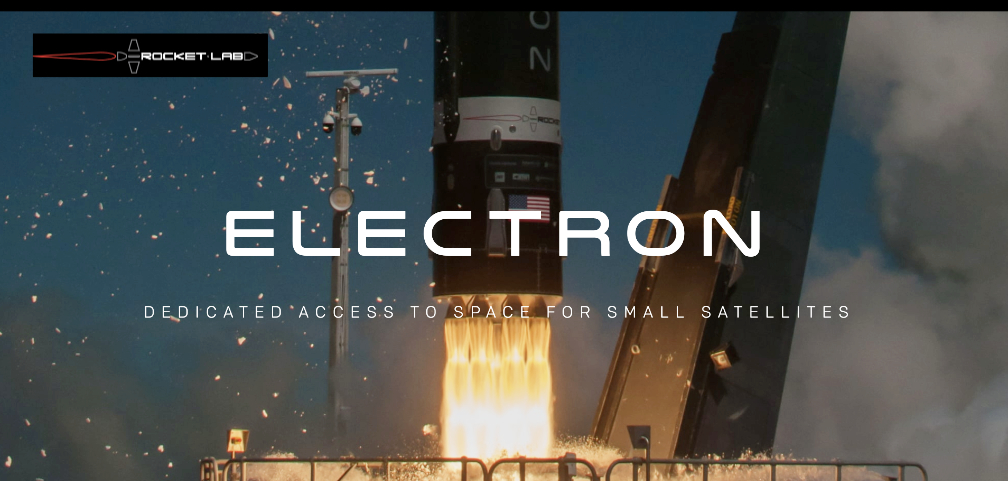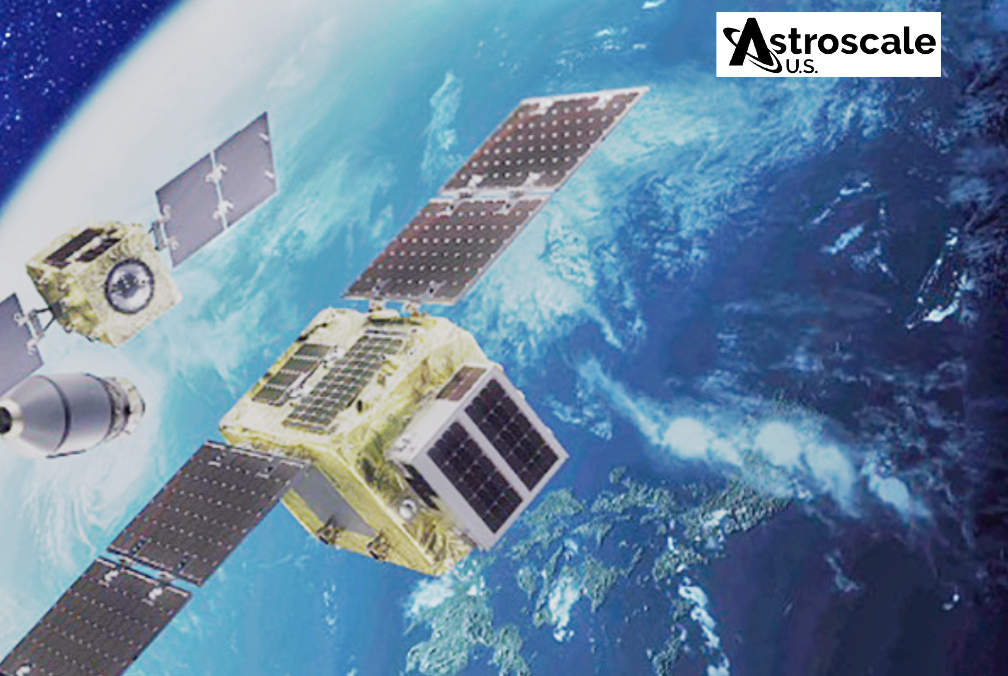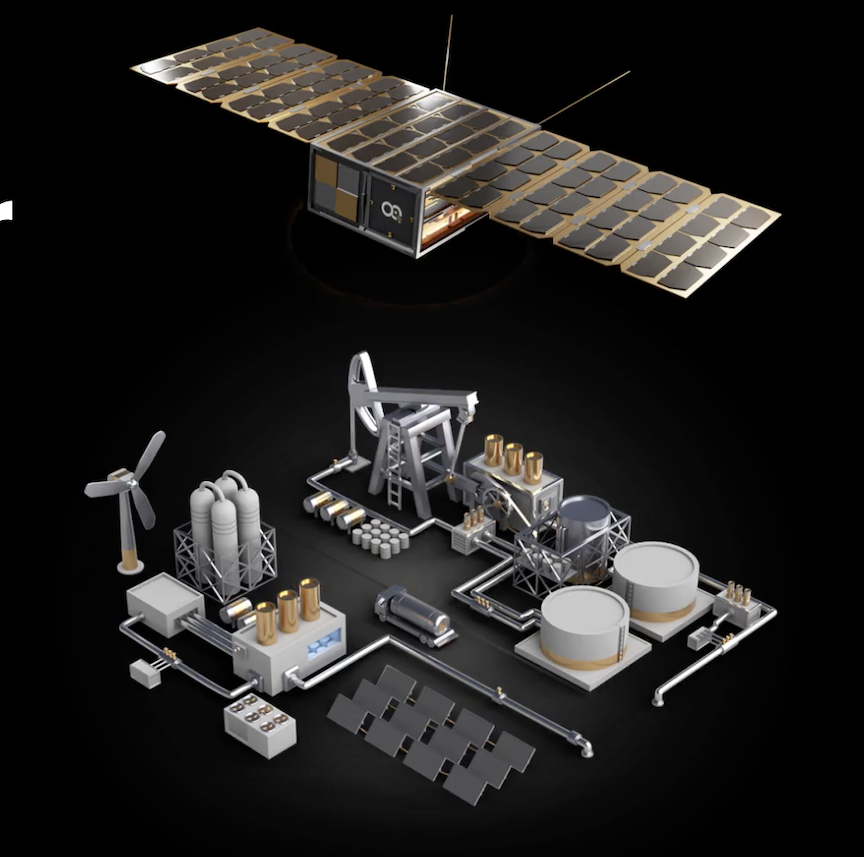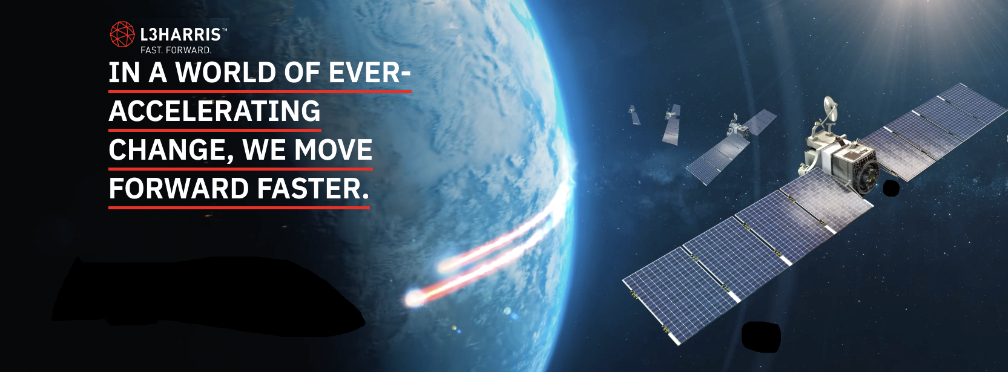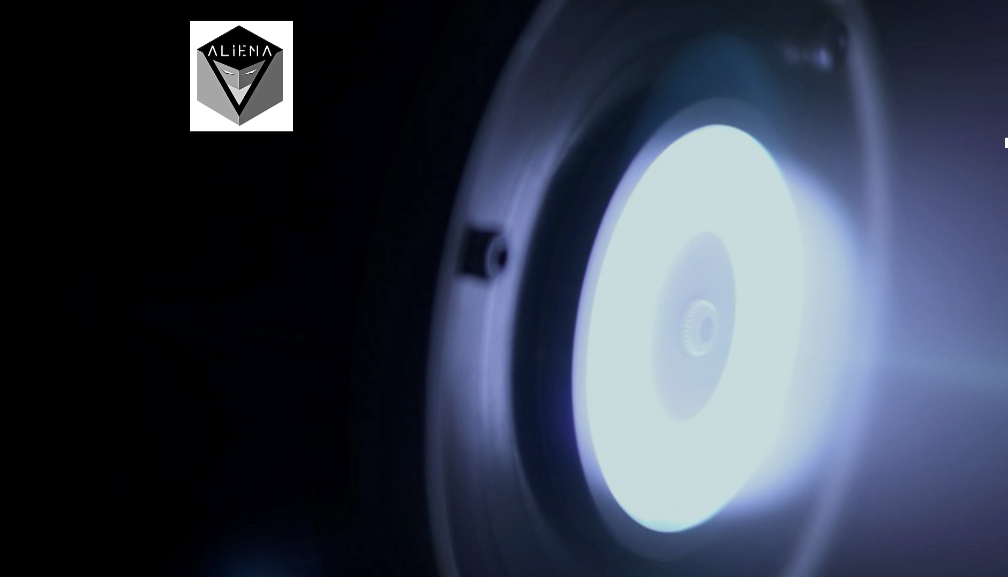
Aliena PTE Ltd. (Aliena), a satellite propulsion provider, has signed a contract with Orbital Astronautics Ltd. (OrbAstro), a satellite and on-orbit service provider, to fly its AA Multi-modal, all-electric, AOCS propulsion system onboard an OrbAstro ORB-12 (12U-class satellite) scheduled for launch in September 2022.

The ORB-12 Strider mission will host a variety of payloads for on-orbit testing and demonstration purposes, of which the Aliena-Aurora (AA) propulsion system will be primary.
Aliena has developed a multi-modal attitude and orbit control system (AOCS) with partners from Finland, Aurora Propulsion Technologies. Sharing a common back-end architecture for the propellant, electronic control, and fluidics, the propulsion segment will be comprised of Aliena’s MUlti-Staged Ignition Compact (MUSIC) Hall thruster, and Aurora’s ARM resistojets.
The AA, multi-modal, all-electric, AOCS propulsion system will enable customers with the most demanding of mission requirements to benefit from the low-thrust-high-impulse operations of the MUSIC Hall thruster, as well as the high-thrust-low-impulse mode of operations from the ARM resistojets. This system streamlines the propulsion architecture, allowing for dual mode propulsion in a compact and integrated product for operations in formation flying satellites and advanced operations relying on propulsion as an enabler.
Beyond the AA AOCS payload, OrbAstro will be testing a variety of internally developed subsystems on the satellite, some new and some second or third generation, including:
- Optical transceiver with two-axis precision-steering mechanism for inter-satellite communications, as part of the company’s Guardian Network constellation used for data-relay and autonomous satellite operations
- Synthetic Aperture Radar (SAR) payload utilising Ka-band transmitter with high-gain antenna coupled to a 4GHz bandwidth SDR, piloting a semi-active multi-static SAR mission targeting 10cm resolution 3D imaging
- Onboard AI processing unit (100 billion neurons, 40 trillion synapses) used for Guardian Network satellite and space traffic management service
- Kilowatt-class thermal management system, using phase change heat sink and hybrid deployable solar/radiator panels
- Kilowatt-class long-life electrical power system Compact optical imaging system providing 1-metre ground resolution
“Though we have a variety of 3U- and 6U-class satellites scheduled for launch throughout 2022, this will be our first 12U-class launch. It will serve as a significant milestone, transitioning OrbAstro into the Microsat market,” said Dr. Ash Dove-Jay, CEO of OrbAstro. “We see strong potential for partnership between Aliena and OrbAstro targeting smallsat constellations. This mission serves as a compelling first step.”
“Propulsion systems are key enablers for emerging satellite operations. Current solutions on the market enable certain segments for small spacecrafts, but end-users have to weigh the trade-offs in selecting their systems due to the limitations of certain systems. An integrated AOCS solution from Aurora and Aliena will allow for customers to have an array of propulsion capabilities, in a compact and integrated form-factor for fuss-free deployment,” said Dr. Lim Jian Wei Mark, CEO of Aliena. “We are also proud to be able to work closely with reputable International partners from OrbAstro and Aurora Propulsion Technologies to spearhead growth in the Microsat and Smallsat community. These partnerships cement our longstanding commitment to work with International partners as we continue to add value to companies intending to democratize and commercialize space for the generations to follow.”
Aliena PTE Ltd is a Singapore based space propulsion provider that aims to bring space closer to home for satellite operators and terrestrial businesses. Their novel propulsion systems aim to equip disruptive next-generation satellites with advanced manoeuvring capabilities that can empower satellite operations of tomorrow. A technology spin-off from Singapore’s Nanyang Technological University (NTU), Aliena currently operates out of a privately-owned jet propulsion test facility that gives the R&D and manufacturing environment to provide their systems to the most demanding of customers internationally.
Orbital Astronautics Ltd is a United Kingdom and New Zealand based space technology company focused on providing “space as a service”, supporting companies looking to directly utilise satellites for their businesses. Orbital Astronautics is currently maturing a satellite batch production facility targeting constellation markets, and is building its own satellite constellation to provide low-latency access and autonomous operations services for customers satellites.

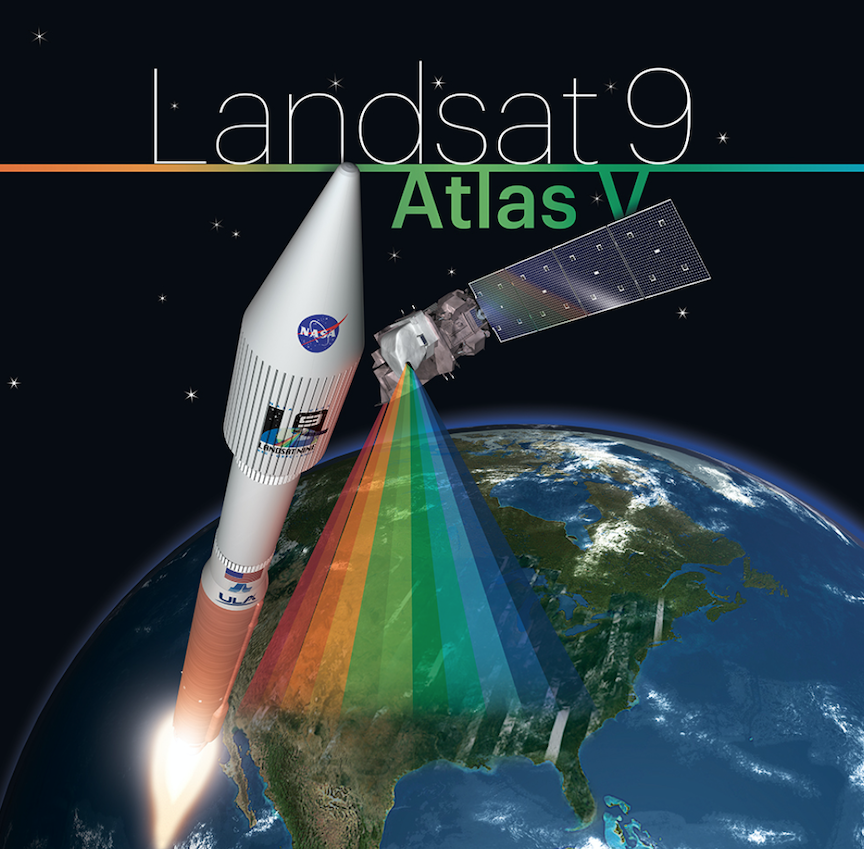
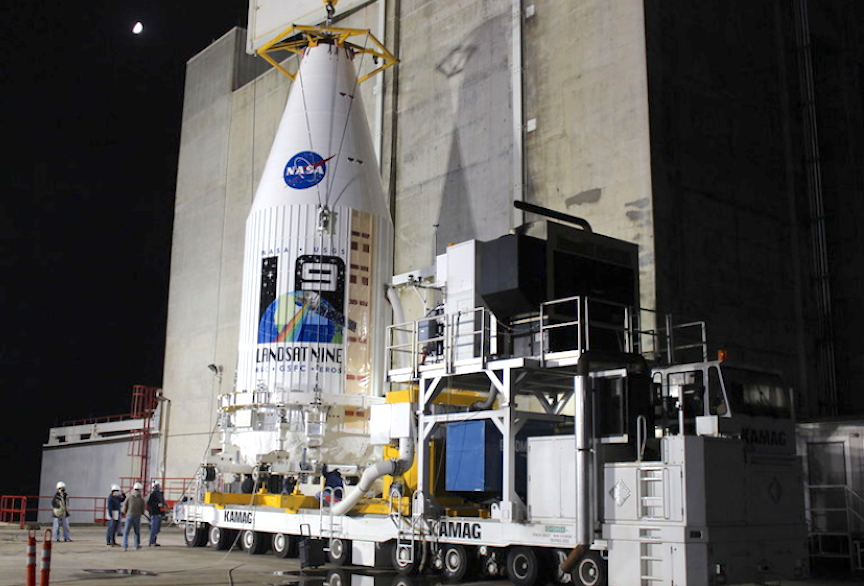
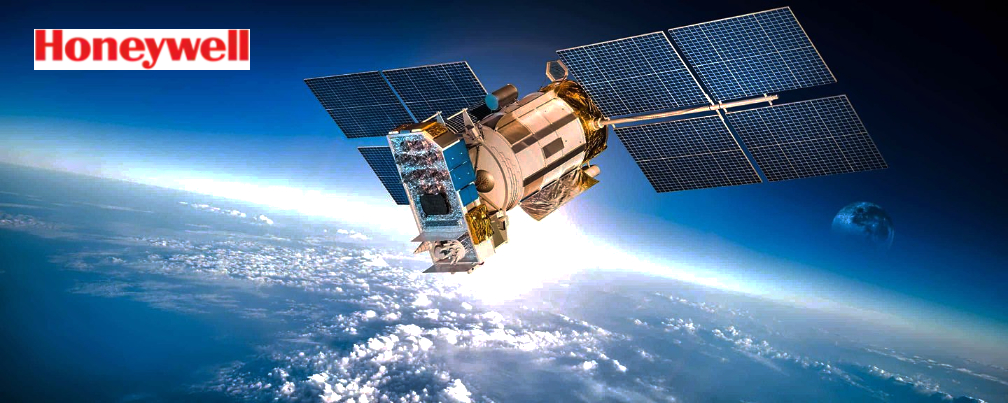

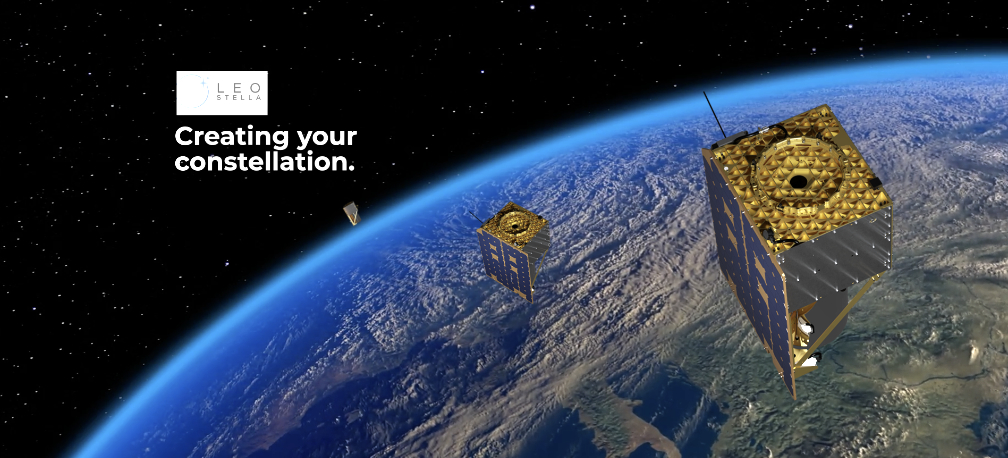
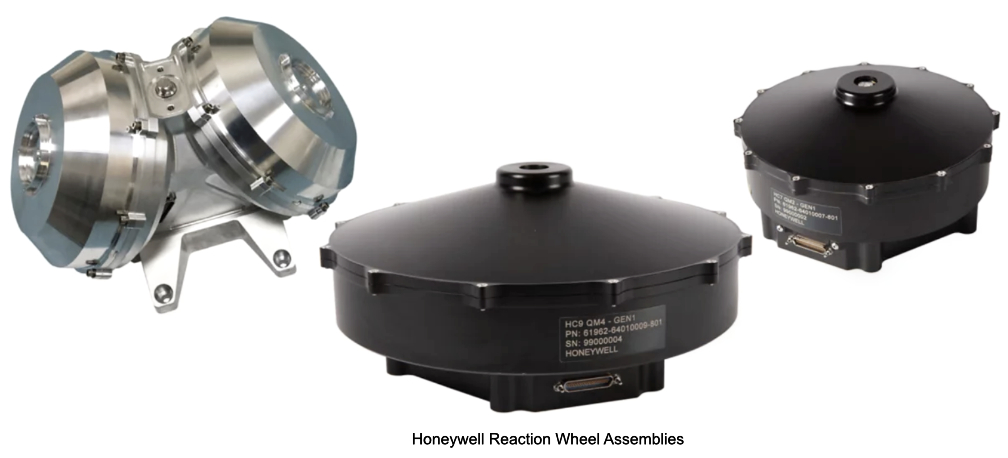
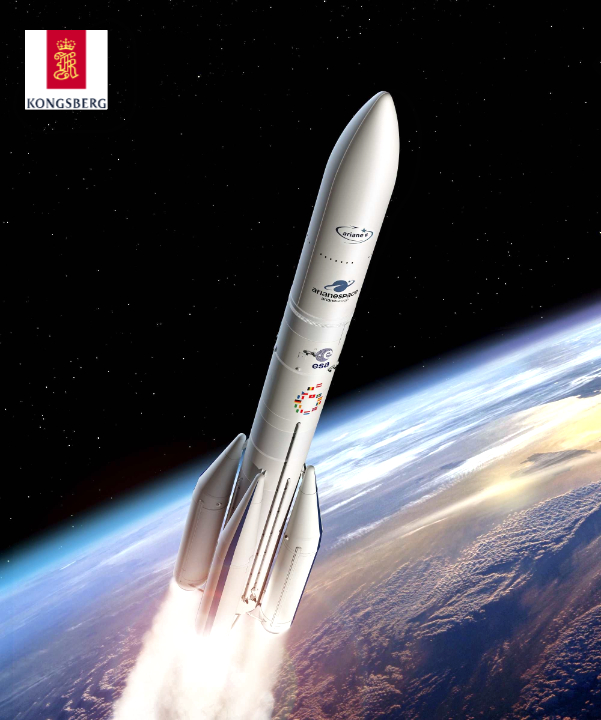
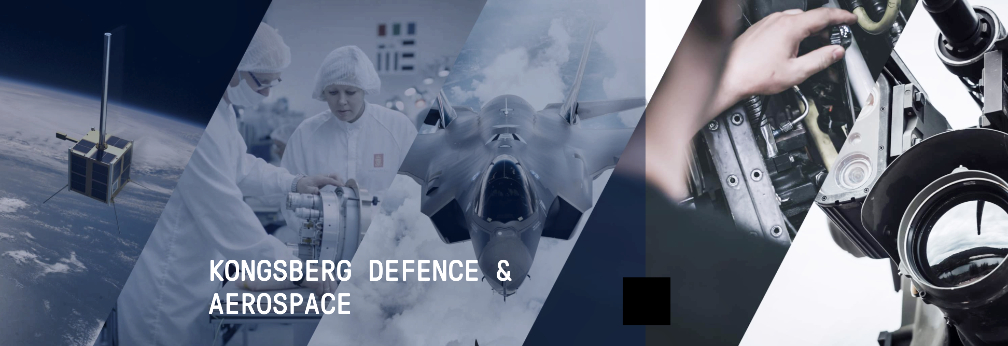
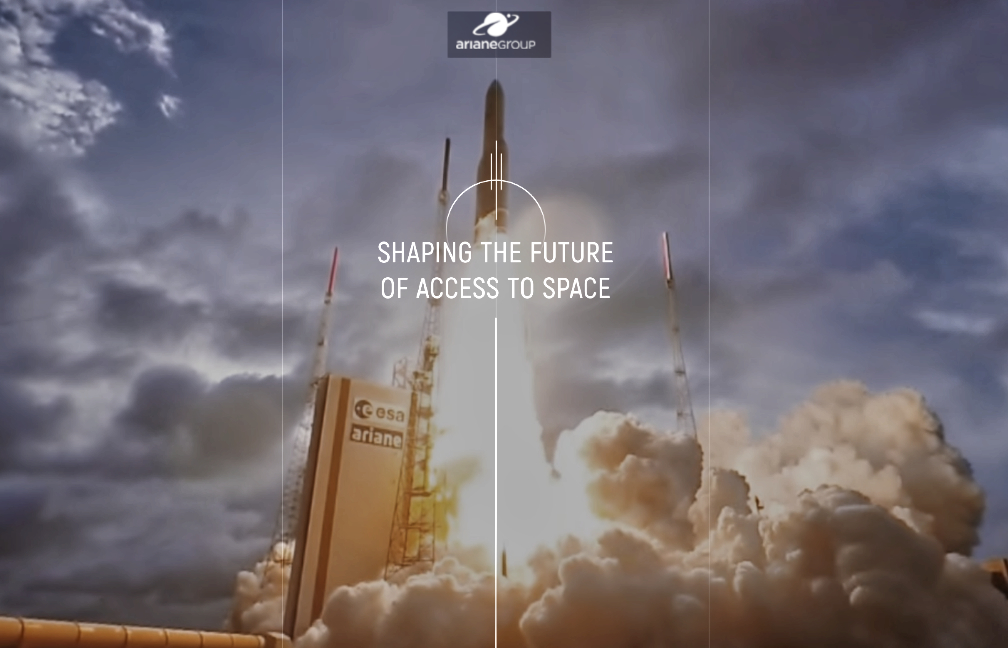

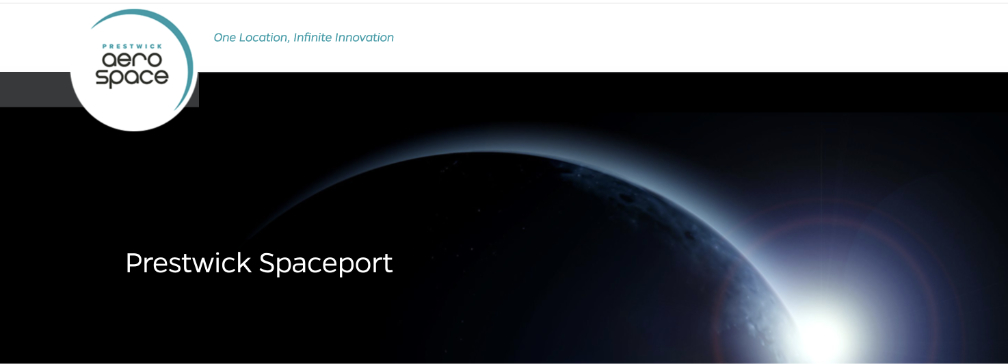

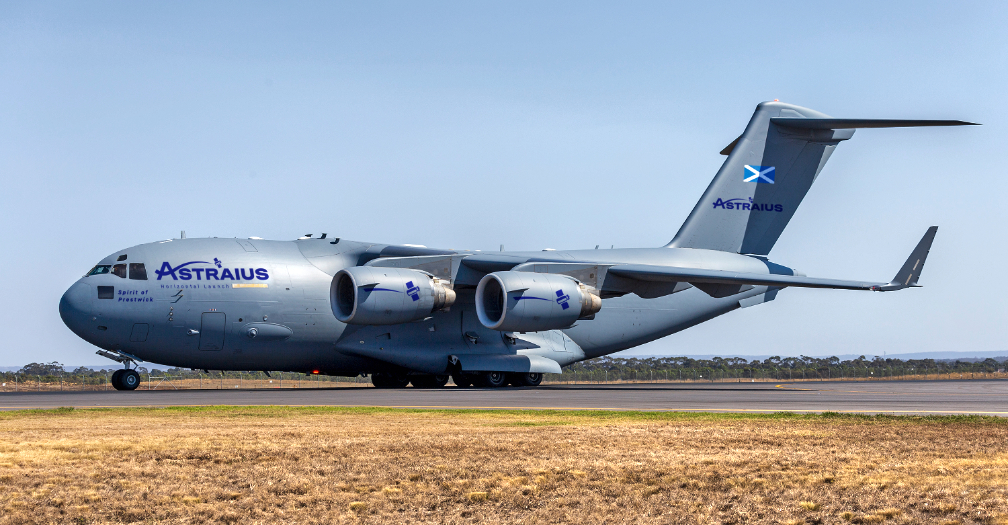
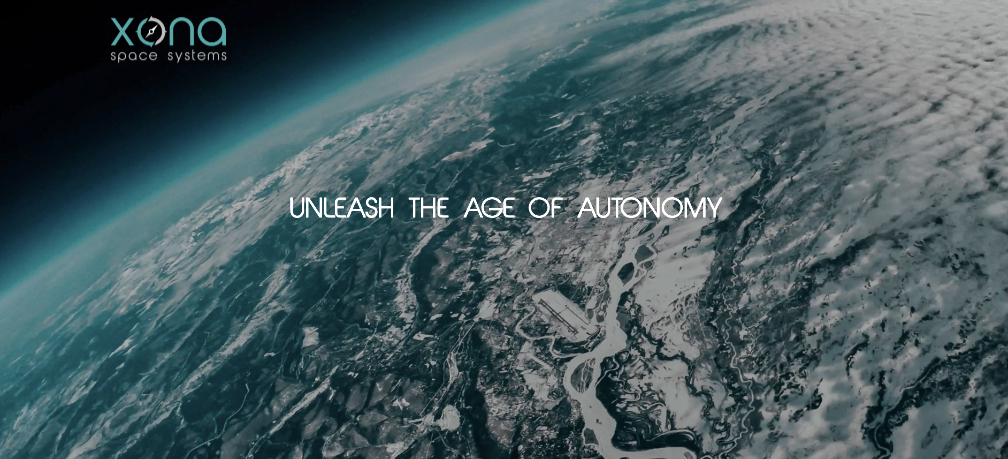
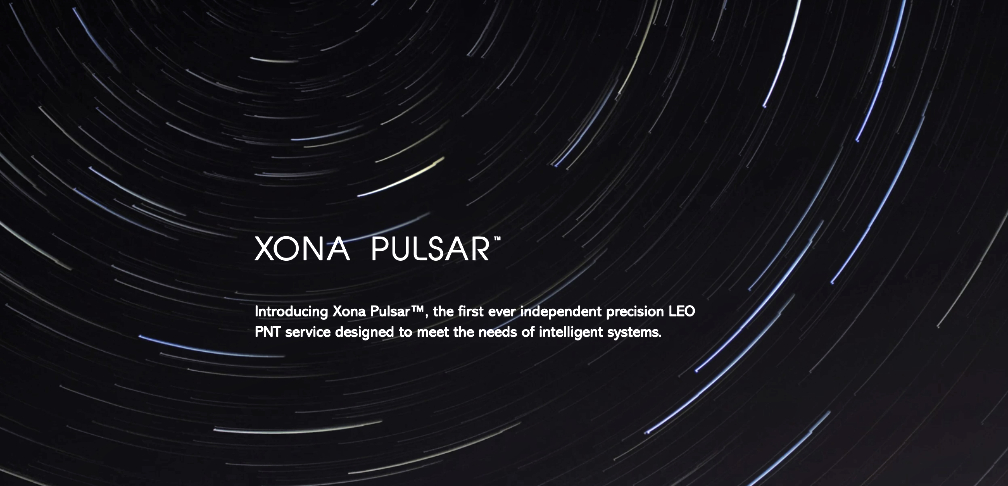
 precision LEO PNT (Positioning, Navigation and Timing) service leverages the recent advances in smallsat technology to provide users with a secure and robust alternative to traditional GNSS. Xona’s patent pending system architecture uses the efficiency of smallsats to provide an affordable global service with more than 10x better accuracy and 100x better interference mitigation than the legacy systems.
precision LEO PNT (Positioning, Navigation and Timing) service leverages the recent advances in smallsat technology to provide users with a secure and robust alternative to traditional GNSS. Xona’s patent pending system architecture uses the efficiency of smallsats to provide an affordable global service with more than 10x better accuracy and 100x better interference mitigation than the legacy systems.